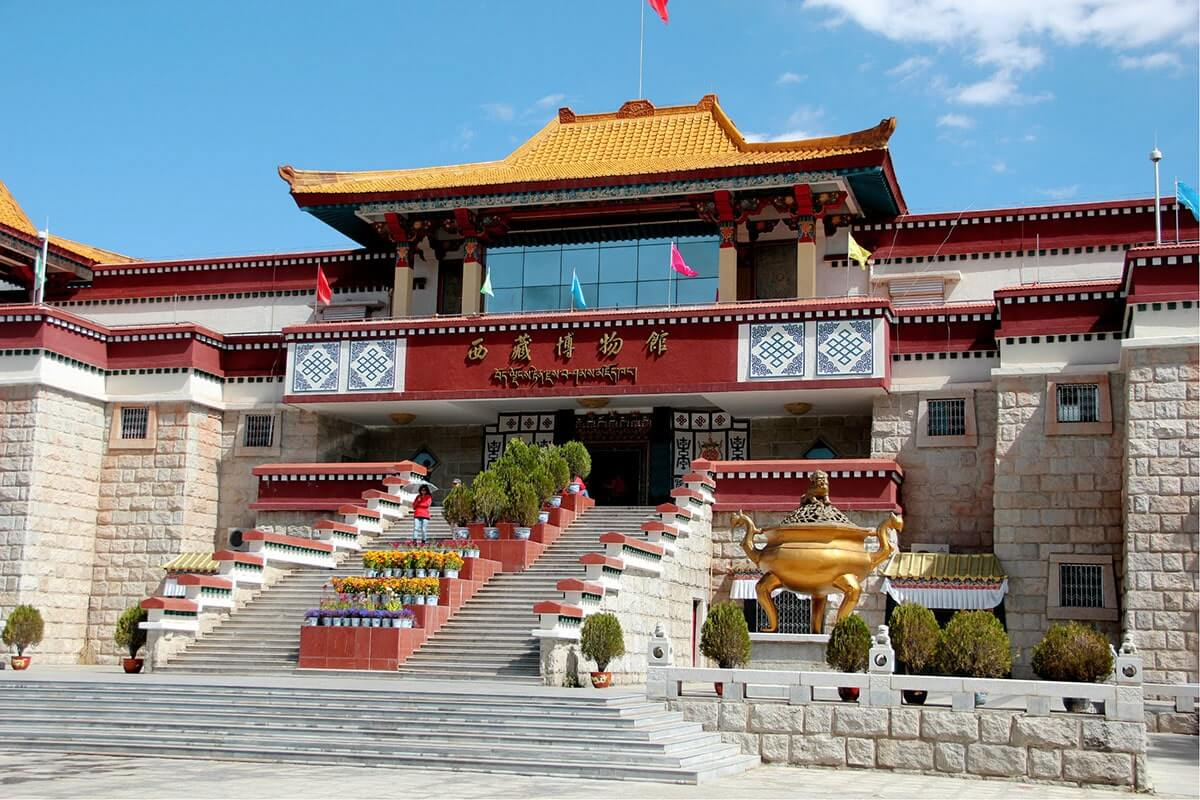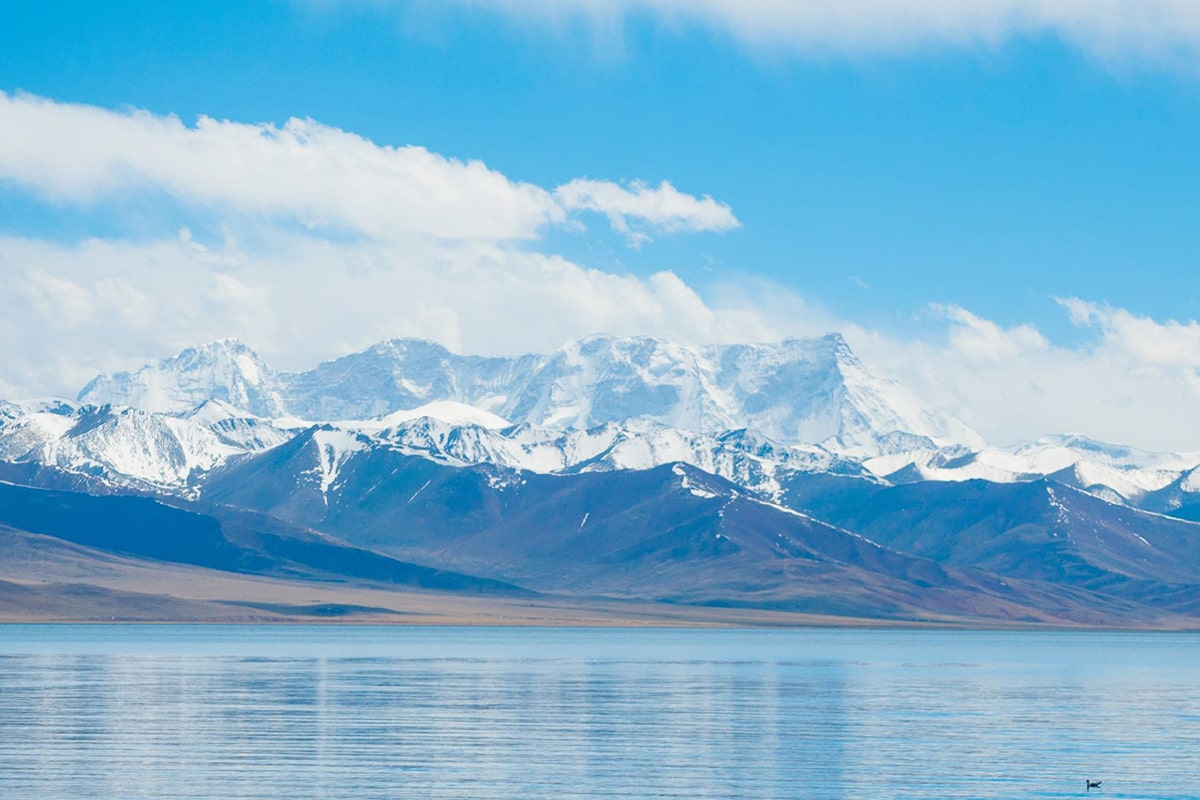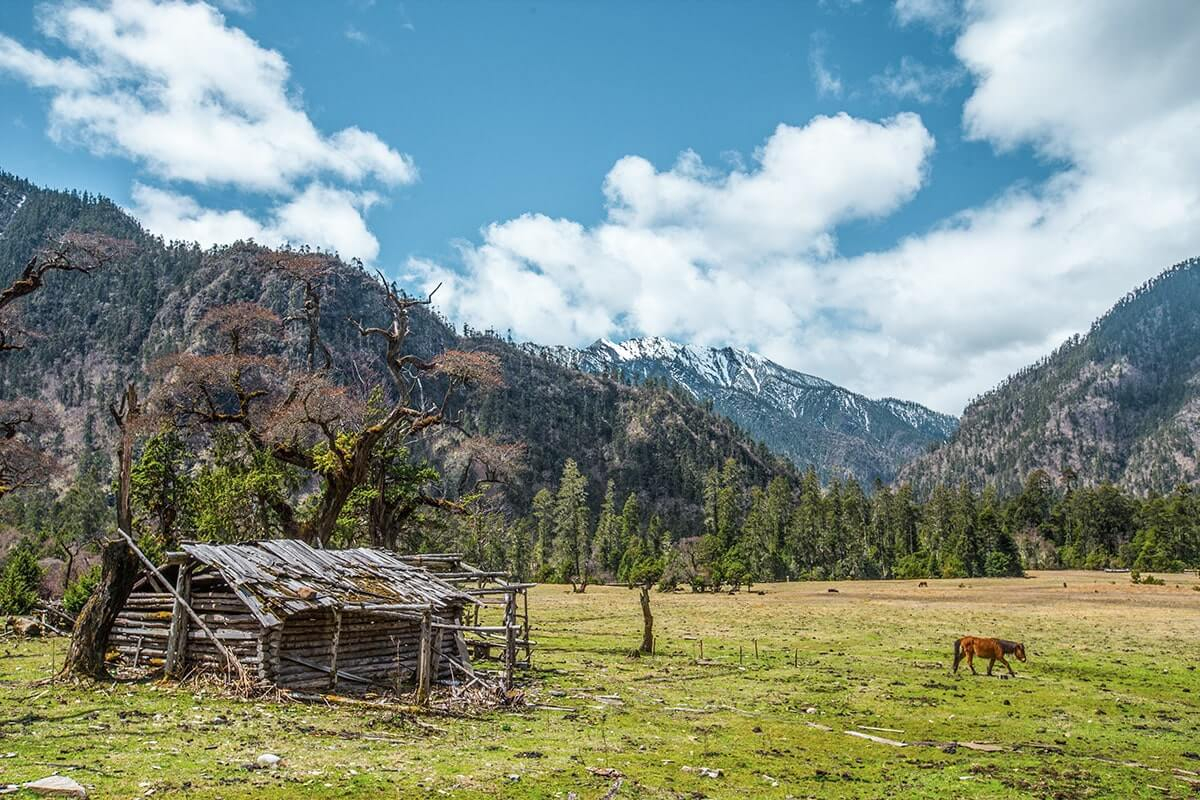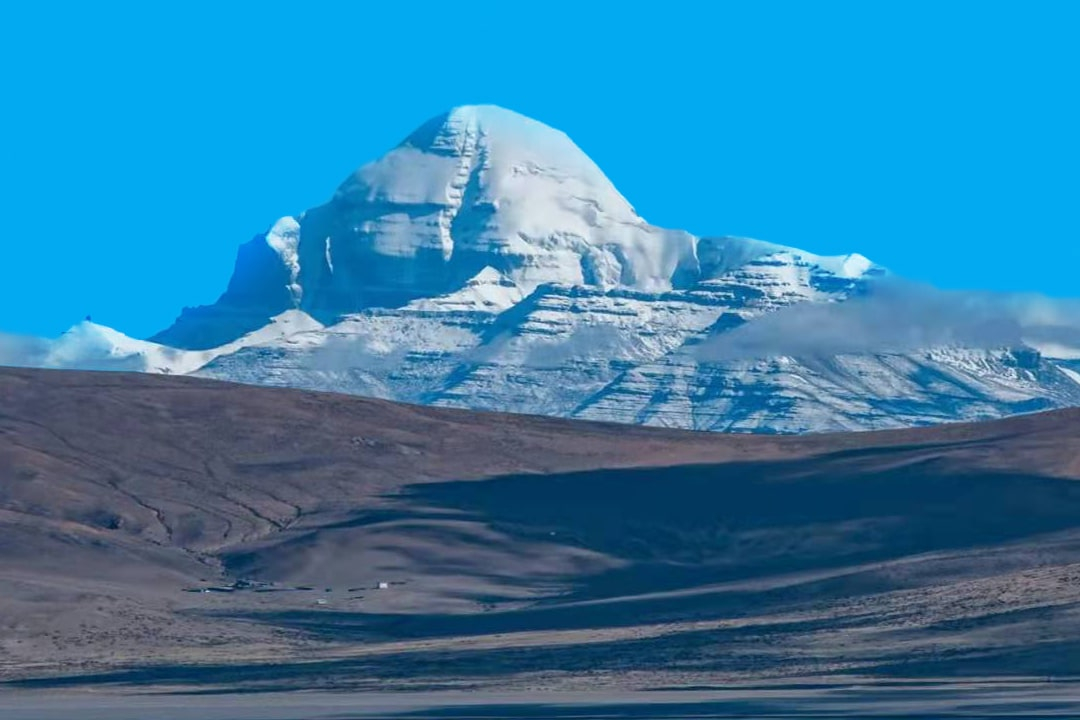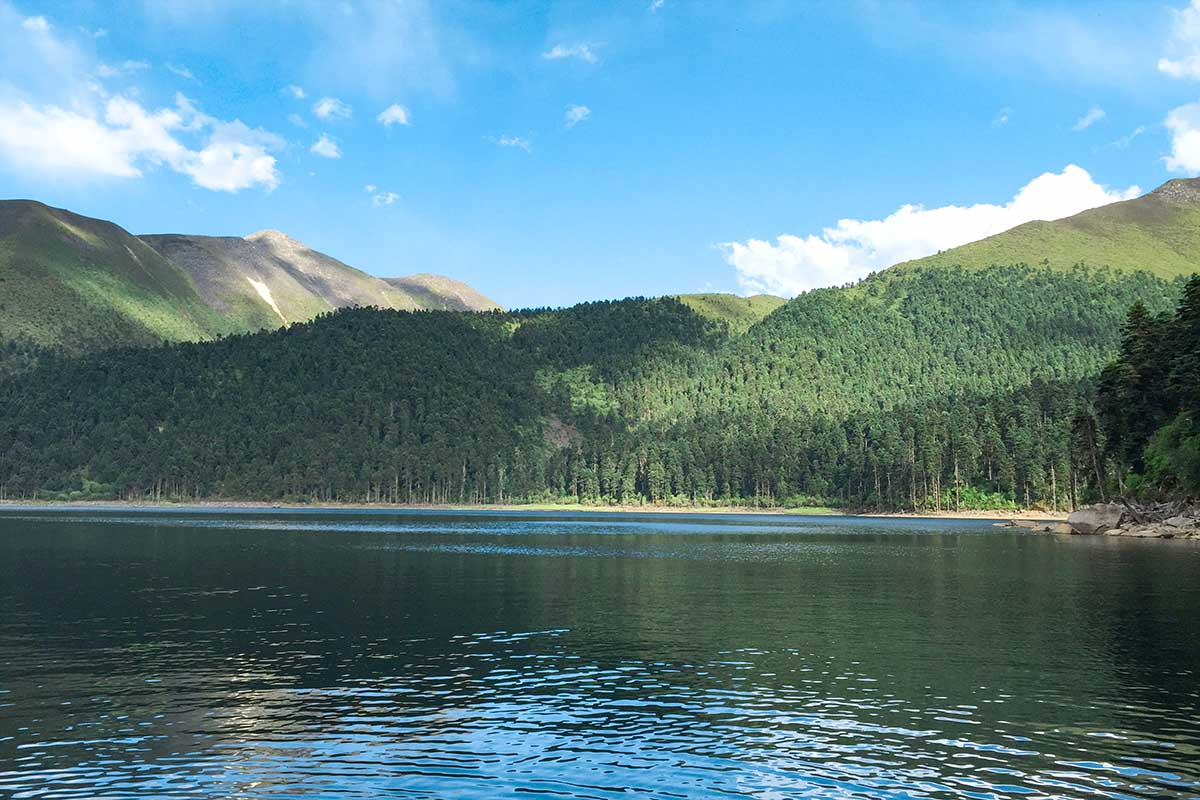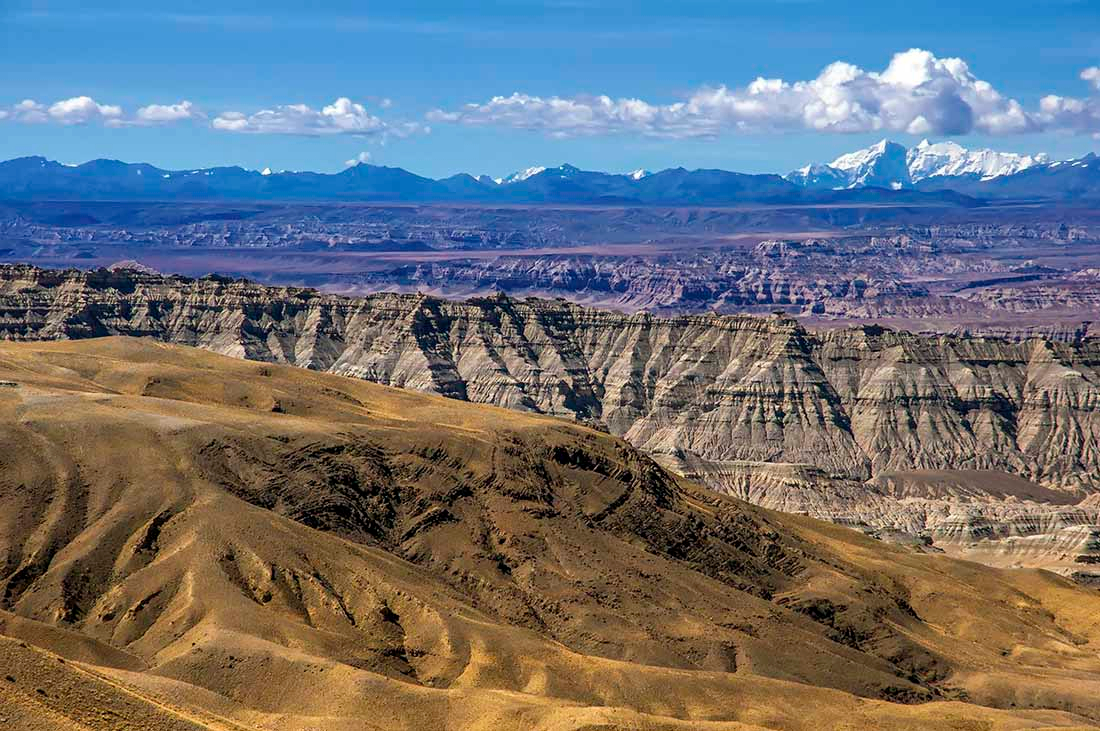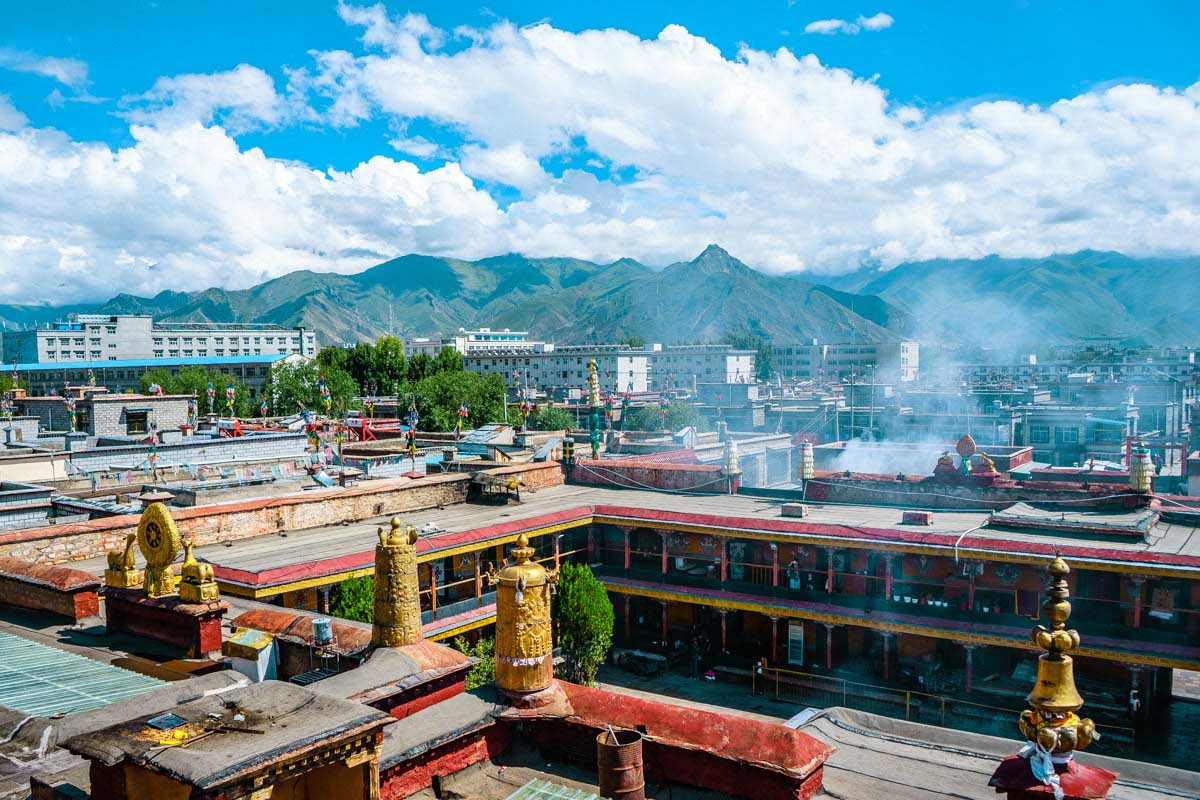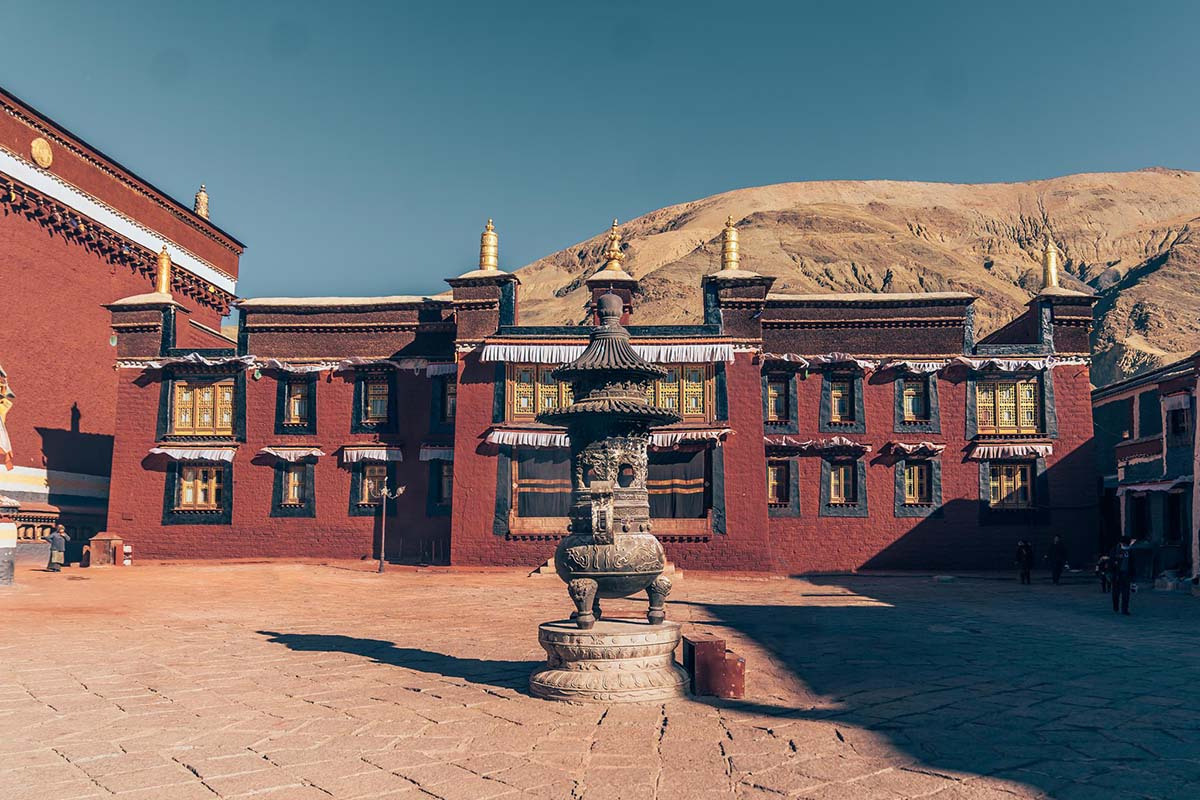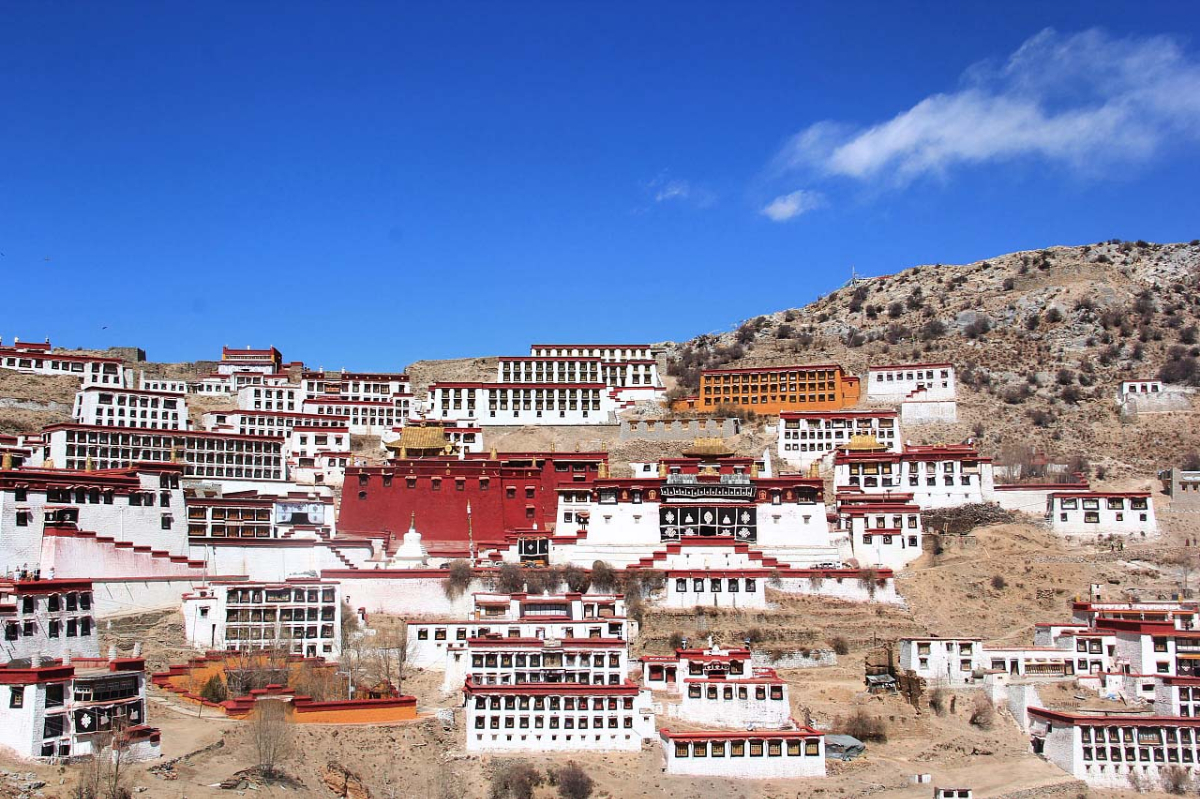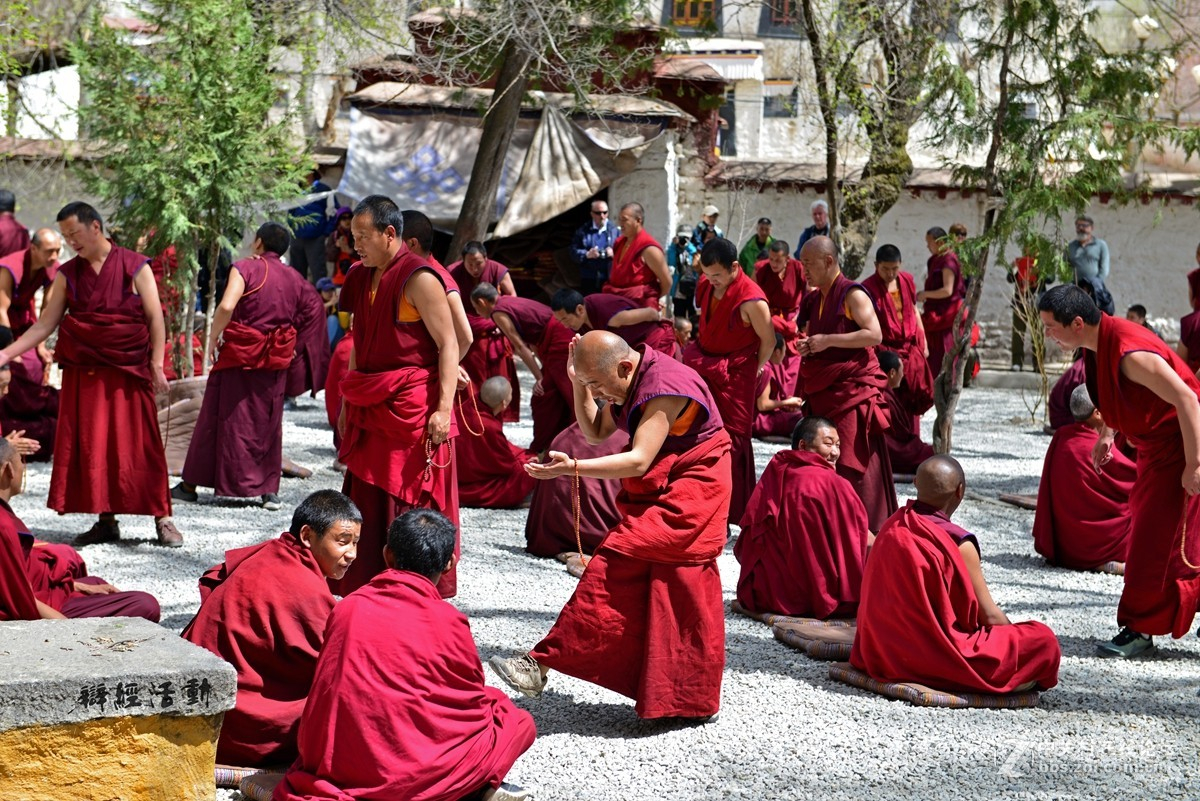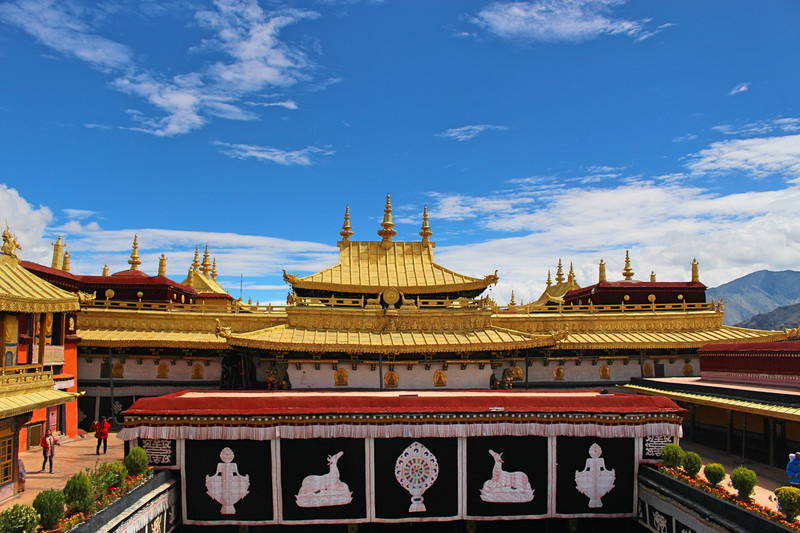Lhasa River
Chinese name: 拉萨河(La Sa He)
Location: Lhasa
Ticket: Free
Estimated time of tour: 1-4 hours
Recommended time of visit: all year round
Nearby attractions: Norbulinka Monastery, Potala Palace, Sera Monastery, Jokhang Monastery, etc.
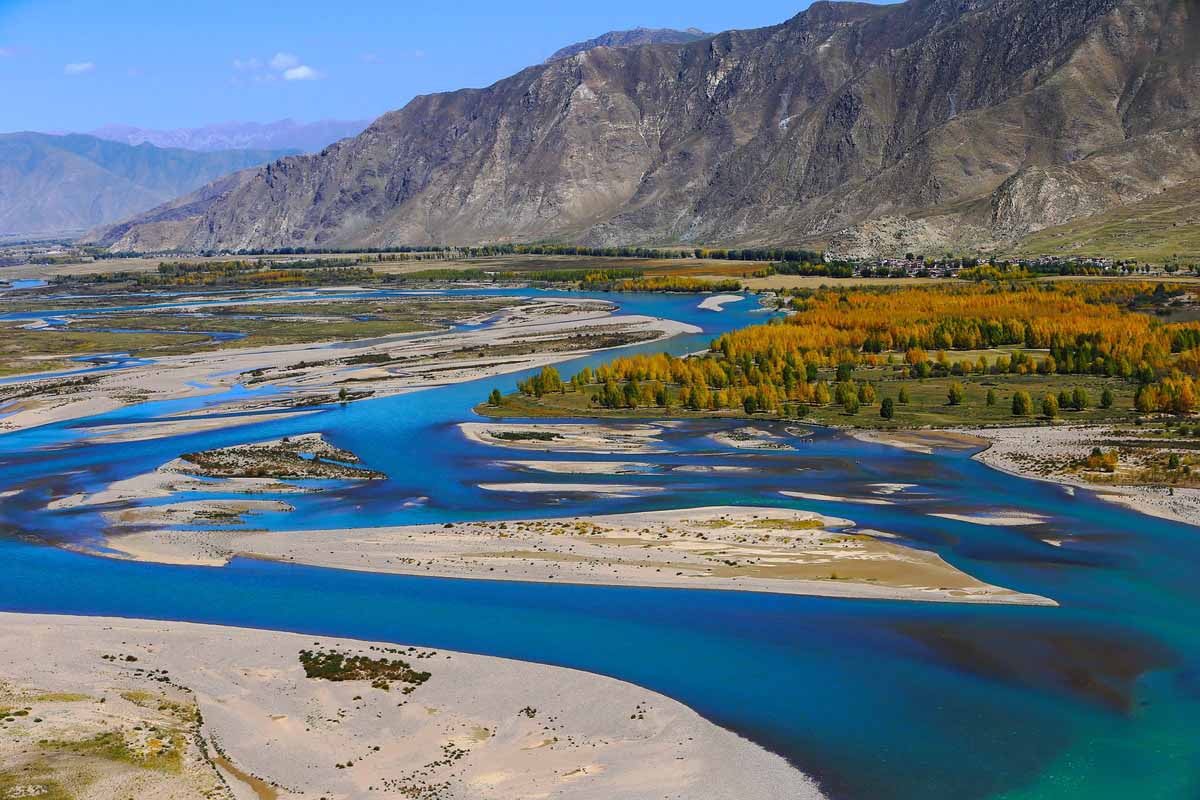
Lhasa River, known to locals as Jiqu in Tibetan, namely “river of happiness”. It originated in the mighty Tankula Mountain north of Lhasa city. It meanders through Maizhokunggar County, Dagze District, flows into Lhasa city from north east. It runs through Lhasa city and joins Brahmaputra river at Qushui County. It forms one of the five tributaries of Brahmaputra. This river flows at the elevation between 3600-5500m, making it one of the world’s highest rivers. It flows in a northeast to southwest orientation with length of 568km, covers an area of 31760km2. Reaches of Lhasa river is the major agricultural and husbandry production areas of Tibet as these areas are relatively warmer, flatter and more fertile than other parts of Tibet.
People in Lhasa call it “mother river” as it pretty much shaped the city of Lhasa. The early civilizations and settlements of Lhasa were all found alone the river banks. When Songtsen Gampo united Tibetan tribes in 7th Century, he moved his capital city to the valley of Lhasa river, formed the foundation of modern day Lhasa which is now the political, economic and cultural centre of Tibet plateau.
● Highlights of Lhasa river
Wetland
Wetlands along river banks are important sites for migrating birds. Black necked crane, Ruddy Shelduck, Great Egret, Northern Goshawk,Painted Stork and many other species were spotted on the banks of Lhasa river.
River side square
On north side of river bank is a massive square. This is a popular place for locals to relax and entertain. An ideal place to immerse yourselves with locals.
Monument of Qinghai-Tibet & Sichuan-Tibet highway
On the side of Lhasa river bank, stands a monument commemorating the completion and inaugurating of Qinghai-Tibet & Sichuan-Tibet highways. The monument was built on 25th of December, 1984 marking the 30th anniversary of completion of these highways. These two highways are strategically important for China. It connects the then isolated Tibetan plateau with the rest of China. Many lives lost during the process of construction due to lack of machinery and the hardships caused by geological condition. Government set up this monument to remember their sacrifice. It’s been almost half a century since the roads were put in service, they are still the artery of logistics for Tibet.
- HOTEST
- RECOMMEND
